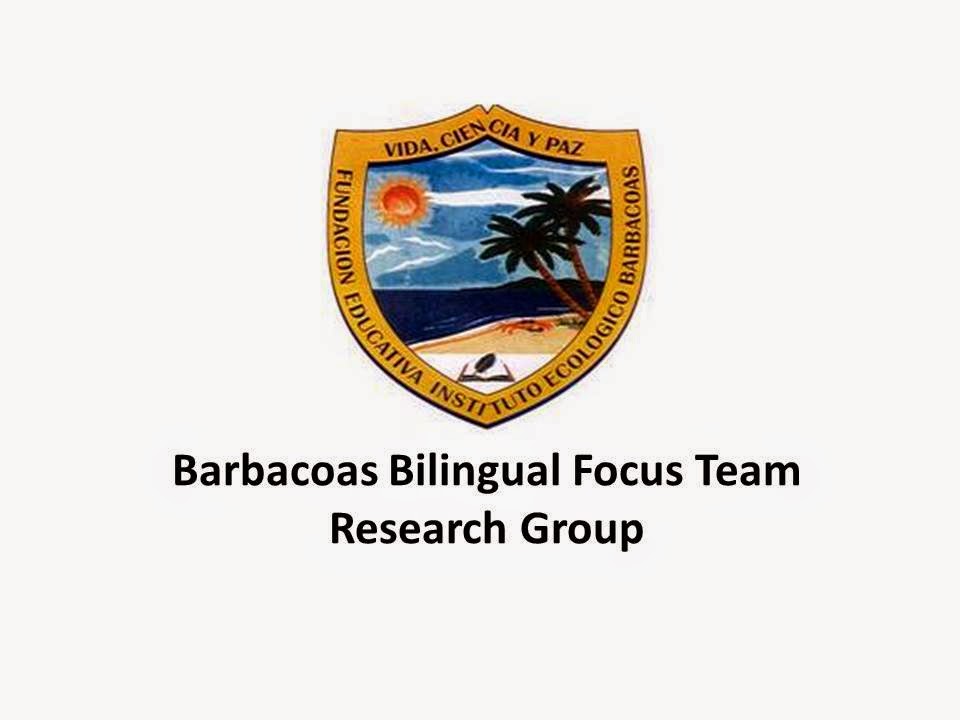On April 29th / 2014, we are still working on our project. It hasn´t been so easy, guys! Many things have obligated us to put in practice what we have learned about research and group working. Our first sign with recycled bottles will be build, with our participation, on May 2014! After that, we will be evaluating this experience, and making recommendations for future implementation of the proposed alternative. Our idea is to continue doing this, in our school and the Santa Ana community.
More to come! Thanks for following us!
barbacoasbilingual@gmail.com






















